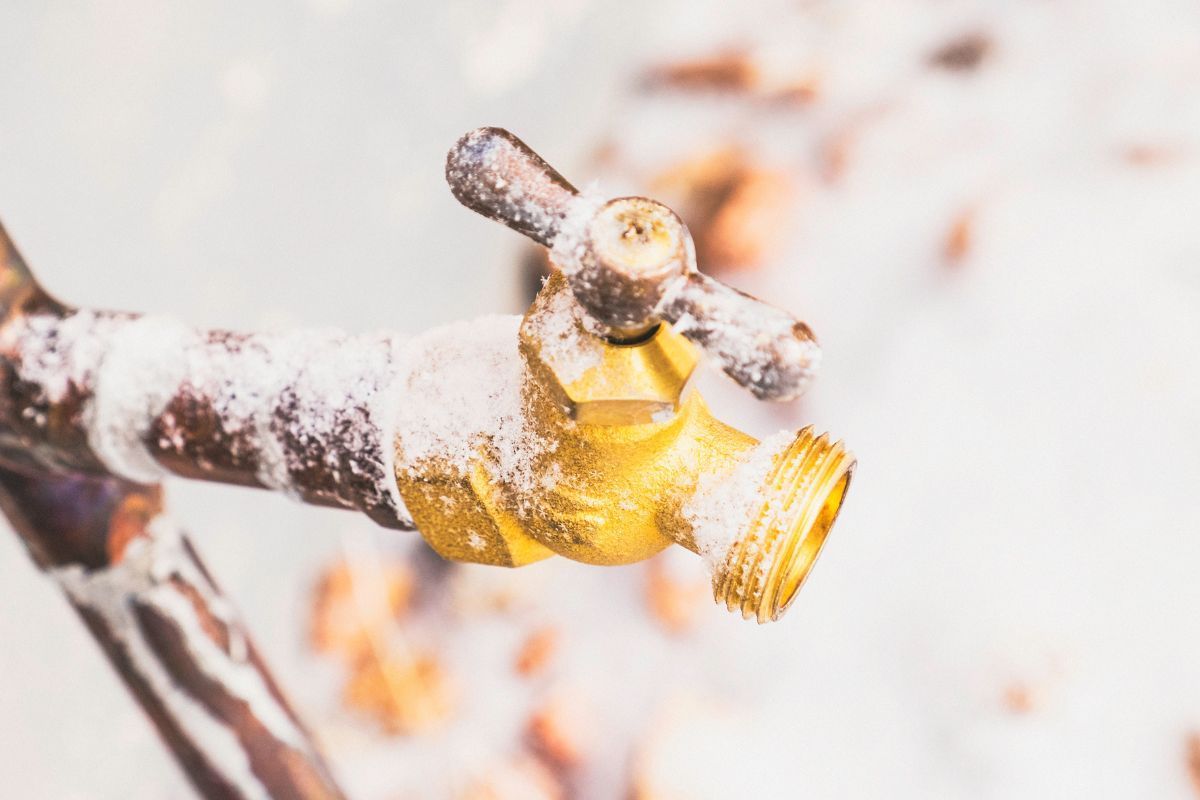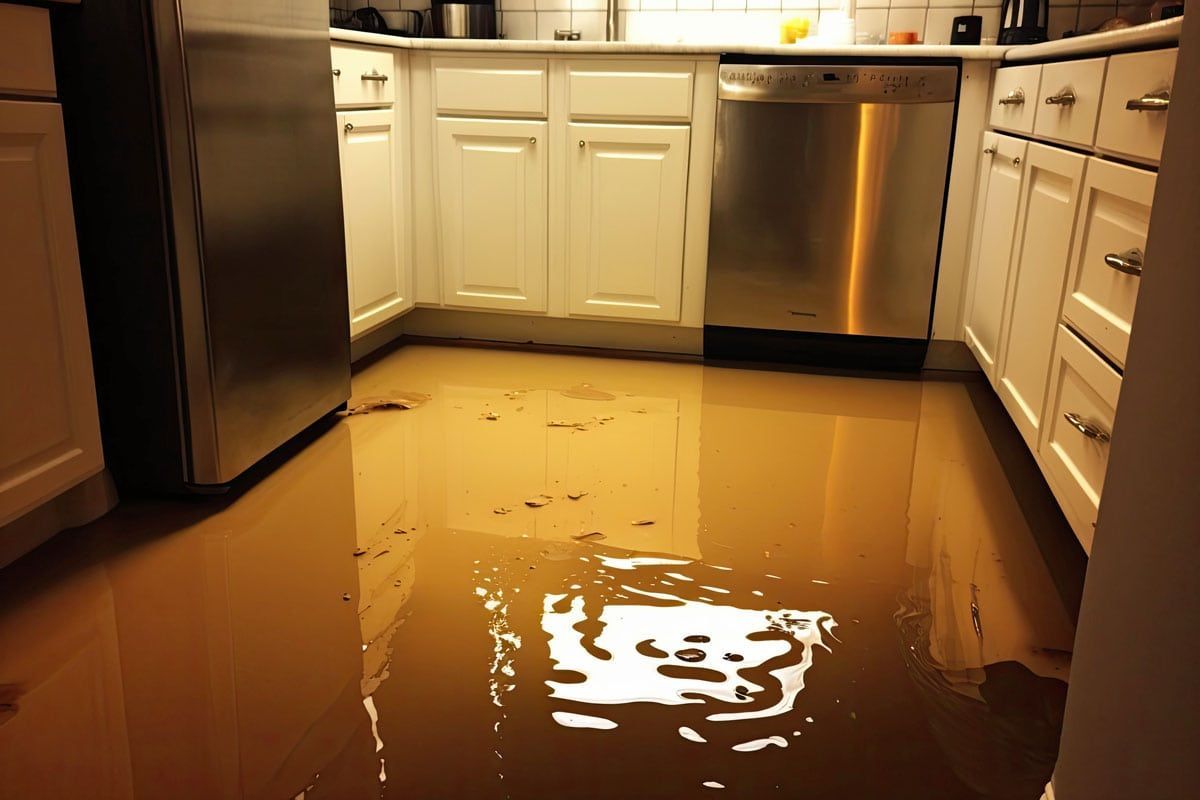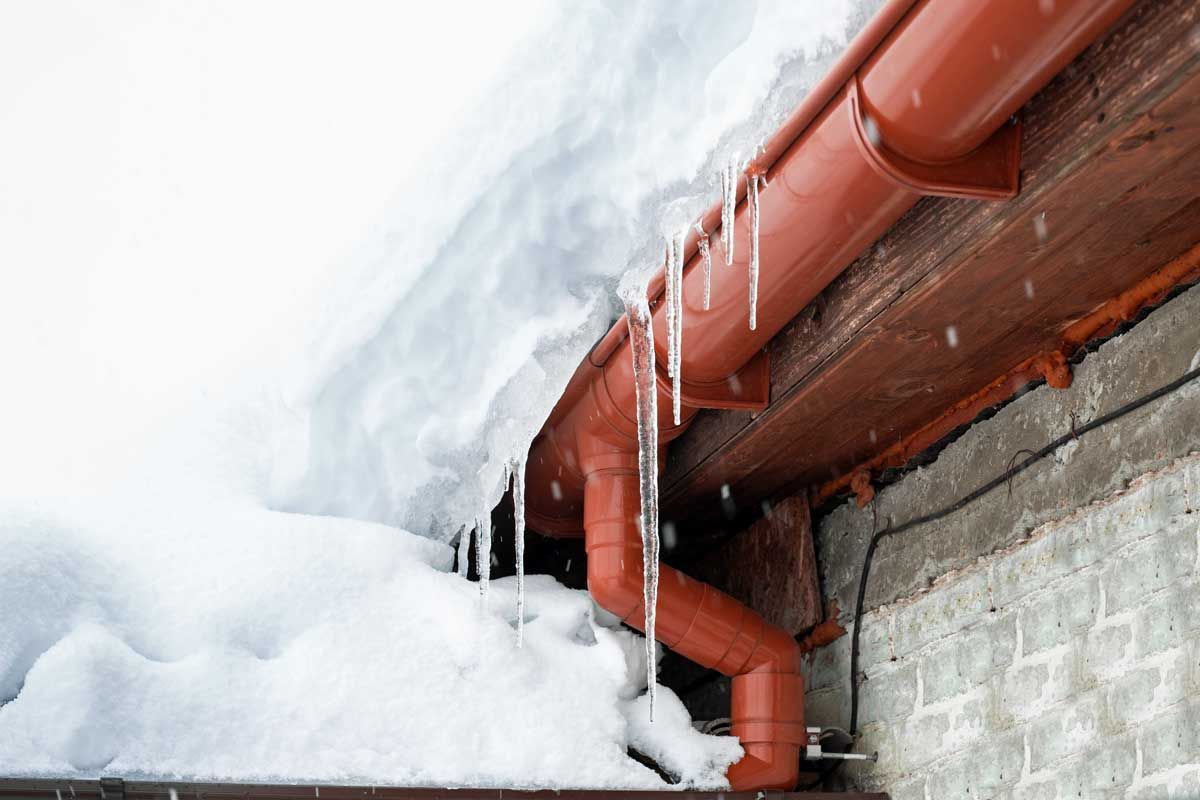The Importance of Outdoor Faucet Maintenance After Winter

As the cold winter months fade away, it’s crucial to prepare your home for the warming spring season. While you may not think much about your outdoor faucets in the winter, these fixtures endure harsh conditions that can lead to serious damage. Inspecting and maintaining your outdoor faucets and hose bibs is essential to avoid costly repairs down the line.
With the arrival of spring, it’s a great time to
check for any issues that might have developed over the winter. A little proactive maintenance can save you from emergency plumbing situations later. Here’s
how to inspect and repair your outdoor faucets effectively.
Inspecting Your Outdoor Faucets
- Visual Check for Cracks and Damage
Begin by visually inspecting your outdoor faucets and hose bibs. Look for any visible cracks, rust, or leaks. Pay close attention to the area around the faucet and the connections to the water supply. If you notice anything unusual, it might indicate damage caused by freezing temperatures. - Turn the Faucet On
After your visual inspection, turn the faucet on to check for leaks. Watch for any water that may drip from the spout or around the base while the faucet is running. Persistent dripping can indicate a damaged valve or a need for new washers. - Check the Hose Bib
If you’ve left a hose attached through the winter, it could be causing problems. Remove the hose and inspect the bib for any debris or mold. An attached hose can trap moisture, leading to rust and other damage.
Repairing Outdoor Faucets
- Replace Damaged Parts
If you’ve identified a leak or damage, it may be necessary to replace parts. For minor leaks, replacing the washer or O-ring inside the faucet can usually solve the problem. Take the faucet apart, remove the old gasket, and fit in a new one before reassembling.
- Add Insulation When Needed
If your outdoor faucets are particularly susceptible to freezing, consider adding insulation. Foam covers or pipe insulation can help protect your faucets from future freezing temperatures, ensuring they operate smoothly year-round. - Seal Up Any Cracks
For any cracks in the faucet body, use waterproof sealant to fill the gaps. Make sure to let the sealant dry completely before turning the water back on.
Preparing for Future Winters
To
prevent damage during the
next winter season, consider these
maintenance tips:
- Turn Off Water Supply
Before winter sets in, shut off the water supply to your outdoor faucets and drain any remaining water. This will minimize the risk of freezing and bursting. - Use Faucet Covers
Invest in insulated faucet covers to provide extra protection against freezing temperatures. They're an easy yet effective way to protect your fixtures. - Regular Maintenance
Make it a habit to inspect your outdoor plumbing system every fall before the cold weather arrives. Early detection can prevent issues from escalating.
Call for Professional Help When Needed
In some cases, despite your best efforts, problems can still occur. If you find yourself dealing with
unexpected leaks or complications beyond your skills, don’t hesitate to reach out for
24/7 emergency plumbing services. A professional can provide expert repairs and insights tailored to your specific needs.
Taking the time to inspect and repair your outdoor faucets after winter is essential in safeguarding your home against damage and ensuring your plumbing operates smoothly. If you encounter issues,
call today!
Stay proactive to protect your home!
You might also like
Book a Service Today
We will get back to you as soon as possible
Please try again later




